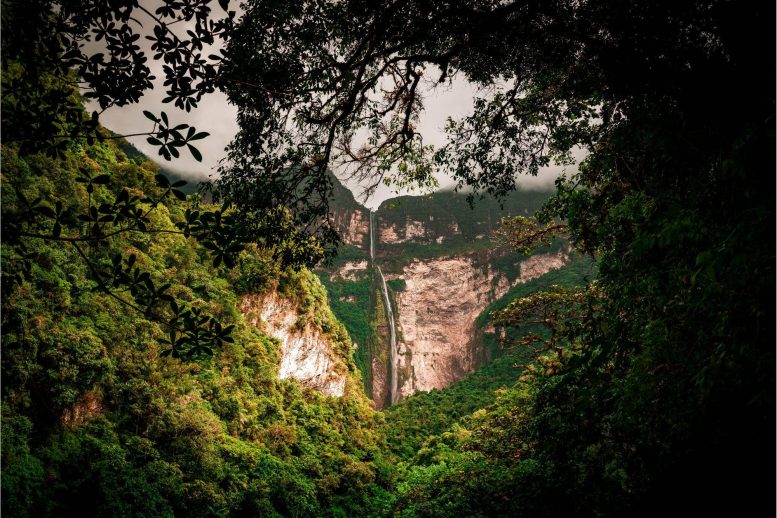
Scientists have uncovered a 2500-year-old network of pre-Hispanic urban centers in the Upper Amazon, featuring extensive platforms, plazas, and roads. This discovery, which parallels Maya urban systems, highlights the Amazon’s rich cultural and environmental legacy, urging a reevaluation of our understanding of Amazonian history.
A team of researchers has unearthed what appears to be a lost valley of cities, a discovery that is nothing short of incredible.
A new study has revealed the discovery of an extensive network of pre-Hispanic urban settlements in the upper Amazon. These settlements are distinguished by their built platforms and plazas and are interconnected by wide, straight roads.
The research, based on more than 20 years of interdisciplinary research, suggests that this original 2500-year-old society constitutes the earliest and largest low-density agrarian urbanism documented in the Amazon thus far. Such extensive early development in the Upper Amazon resembles similar Maya urban systems in Central America. Although a growing body of research has begun to highlight the scope and scale of pre-Hispanic occupation of the Amazon, evidence for large-scale urbanism has remained elusive.
Unique Urbanism in Amazonian Ecuador
Stéphen Rostain and colleagues present evidence for an agrarian-based civilization that began more than 2500 years ago in the Upano Valley of Amazonian Ecuador, a region in the eastern foothills of the Andes. Based on more than 20 years of interdisciplinary research that included fieldwork and light detection and ranging (LIDAR) mapping, Rostain et al. describe urbanism at a scale never before documented in Amazonia, consisting of more than 6000 anthropogenic rectangular earthen platforms and plaza structures connected by footpaths and roads and surrounded by expansive agricultural landscapes and river drainages within the 300 square kilometer survey area.
The authors identified at least 15 distinct settlement sites of various sizes based on clusters of structures. However, according to Rostain et al., the most notable elements of this built environment are the extensive and complex regional-scale road network connecting urban centers and the surrounding hinterland.
Archaeological Evidence and Cultural Significance
Archaeological excavations indicate that the construction and occupation of the platforms and roads occurred between ~500 BCE and 300 to 600 CE and was carried out by groups from the Kilamope and later Upano cultures. Rostain et al. note that the Upano sites are different from other monumental sites discovered in Amazonia, which are more recent and less extensive.
“Such a discovery is another vivid example of the underestimation of Amazonia’s twofold heritage: environmental but also cultural, and therefore Indigenous,” write Rostain et al. “…we believe that it is crucial to thoroughly revise our preconceptions of the Amazonian world and, in doing so, to reinterpret contexts and concepts in the necessary light of an inclusive and participatory science.”
Reference: “Two thousand years of garden urbanism in the Upper Amazon” by Stéphen Rostain, Antoine Dorison, Geoffroy de Saulieu, Heiko Prümers, Jean-Luc Le Pennec, Fernando Mejía Mejía, Ana Maritza Freire, Jaime R. Pagán-Jiménez and Philippe Descola, 11 January 2024, Science.
DOI: 10.1126/science.adi6317









It’s so unfortunate that a vast portion of the planet lies unexplored. Humanity has no idea the mix of surprise and consternation that awaits it…let’s not enter into details now…It’s, however, left for mankind to take a decisive step or pay with a dangerous leap in the nearest future.